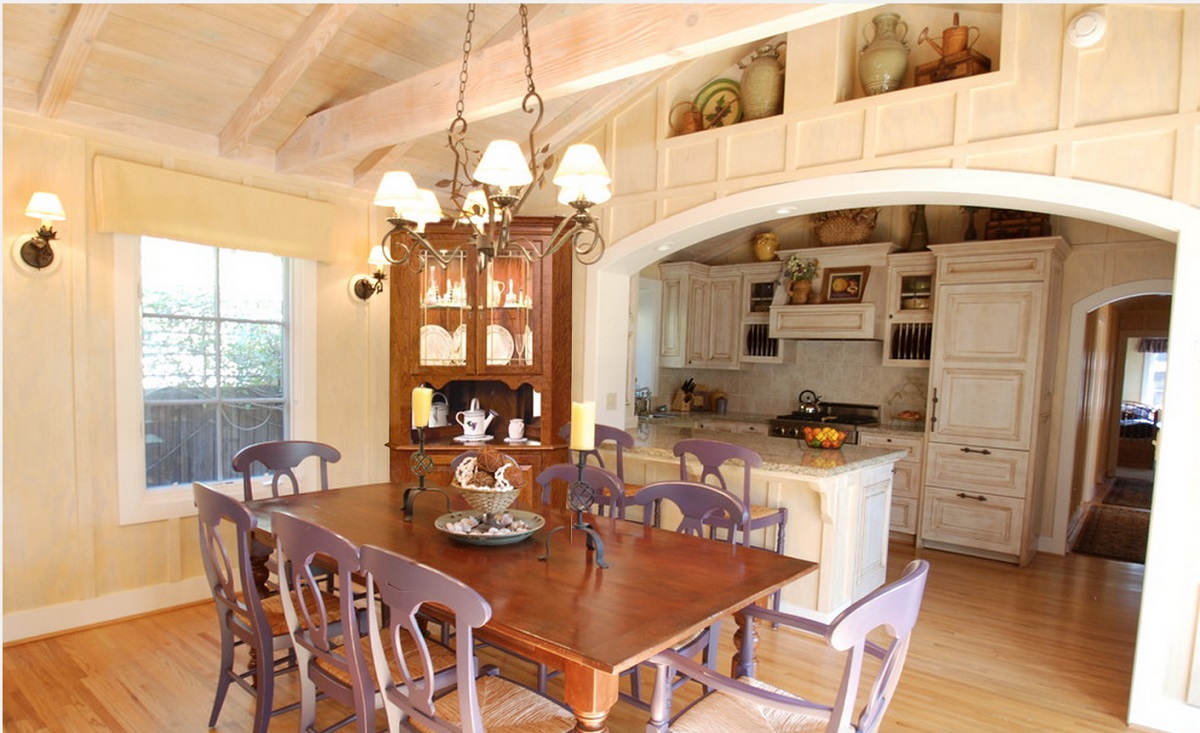

Tableware
How To Organize Dining Room
Modified: February 23, 2024
Learn the best ways to organize your dining room and keep your tableware tidy with these helpful tips and tricks. Create a functional and stylish space that makes meal times a breeze.
(Many of the links in this article redirect to a specific reviewed product. Your purchase of these products through affiliate links helps to generate commission for Storables.com, at no extra cost. Learn more)
Introduction
Creating an organized and inviting dining room is essential for both functional and aesthetic purposes. Whether you use your dining room for daily family meals or hosting special occasions, having a well-organized space can enhance the overall dining experience. From clearing out clutter to selecting the perfect furniture and decor, there are several steps you can take to transform your dining room into a stylish and functional space.
In this article, we will guide you through the process of organizing your dining room, providing helpful tips and insights along the way. By following these steps, you will be able to create a dining room that not only looks impressive but also functions efficiently to accommodate your needs.
So, let’s dive in and explore the different aspects of organizing a dining room that will make it an inviting and comfortable space for you, your family, and your guests.
Key Takeaways:
- Transform your dining room into a stylish and functional space by decluttering, planning the layout, choosing the right furniture and decor, and setting up the table thoughtfully.
- Infuse your unique personality into your dining room by adding personal touches, maximizing space, and creating efficient storage solutions. Embrace the journey of organizing and personalizing your dining space.
Read more: What Is In A Dining Room?
Clearing out the Dining Room
Before you can start organizing your dining room, it’s important to clear out any unnecessary items and declutter the space. This step will create a clean canvas for you to work with and allow you to assess what you truly need in the room.
Start by removing everything from your dining room, including furniture, decor, and any items that do not belong. Take the time to sort through these items and decide what should stay and what should go. Consider donating or selling any items that you no longer use or that don’t fit with the overall theme of your dining room.
Once you have decluttered the room, give it a thorough cleaning. Dust the furniture, sweep or vacuum the floor, and wipe down any countertops or surfaces. This will help create a fresh and clean environment for organizing.
As you begin to reintroduce items back into the dining room, be mindful of creating designated spaces for each category of items. For example, have a specific area for table linens, another for serving dishes, and a separate space for decorative items. This will make it easier to keep things organized in the future.
Consider investing in storage solutions such as cabinets, shelves, or sideboards to help keep your dining room organized. These pieces of furniture not only provide storage space but also serve as decorative elements that can enhance the overall aesthetics of the room.
By starting with a clean and clutter-free space, you can lay the foundation for an organized dining room that is both functional and visually appealing.
Planning the Layout
Once you have cleared out the dining room and decluttered the space, it’s time to plan the layout. The layout of your dining room is crucial for ensuring convenience, flow, and accessibility.
Start by measuring the dimensions of your dining room. Take note of any architectural features such as windows, doors, or columns that may impact the placement of furniture and decor. This information will help you determine the best arrangement for your dining room.
Consider the traffic flow in the room. You want to ensure that there is enough space for people to move around comfortably, especially when the dining room is in use. Avoid placing furniture or other obstacles that may impede the flow of traffic.
Next, determine the focal point of the room. In most dining rooms, the focal point is often the dining table or a prominent piece of artwork. Arrange the furniture and other elements in a way that draws attention to the focal point, creating a visually appealing and cohesive look.
When planning your dining room, it’s important to set your table according to the seating capacity of the space. Consider the size of your family and how often you entertain guests, as this will determine the necessary size and arrangement of your dining table and chairs. Ensure there is sufficient space for each individual to sit comfortably, with ample elbow room for a pleasant dining experience.
Consider the lighting in your dining room. Natural light is ideal, so if you have windows, try to maximize the amount of natural light that enters the room. Additionally, include appropriate lighting fixtures such as a chandelier or pendant lights above the dining table for both functional and aesthetic purposes.
Finally, don’t forget to incorporate your personal style and preferences into the layout. Choose furniture and decor that reflects your taste and complements the overall theme of your home. Mix and match different styles and textures to create a visually interesting and inviting dining room.
By carefully planning the layout of your dining room, you can create a functional and visually appealing space that accommodates your needs and reflects your personal style.
Choosing Furniture and Decor
Selecting the right furniture and decor for your dining room is crucial in creating a cohesive and inviting space. Consider the following factors when choosing furniture and decor:
1. Dining Table: The dining table is the centerpiece of the room. Determine the size and shape of the table based on the available space and the number of people you usually seat. Round tables are great for encouraging conversation, while rectangular tables are perfect for accommodating larger groups.
2. Chairs: Choose dining chairs that are comfortable and complement the style of your dining table. Upholstered chairs add a touch of elegance, while wooden chairs provide a more rustic or traditional look. Ensure that the height and width of the chairs are suitable for both the table and the people using them.
3. Storage Solutions: Consider incorporating storage solutions such as cabinets, sideboards, or display shelves. These not only provide additional storage space for dinnerware, linens, and other dining essentials but also serve as decorative elements in the room.
4. Lighting: Lighting plays a crucial role in setting the mood in your dining room. Install a chandelier or pendant lights above the dining table to create a focal point and provide adequate illumination. Consider adding dimmers to adjust the lighting intensity according to the occasion.
5. Decorative Elements: Add personal touches and decorative elements to enhance the ambiance of your dining room. Consider hanging artwork or mirrors on the walls, placing a centerpiece on the dining table, or adorning the room with plants or floral arrangements.
6. Rugs and Curtains: Consider adding a rug under the dining table to define the space and add warmth. Choose a rug that complements the style of your dining room and is easy to clean. Additionally, consider installing curtains or window treatments that provide privacy and filter natural light.
7. Color Palette: Choose a color palette that aligns with the overall theme of your home and reflects your personal style. Consider using neutral tones as a base and adding pops of color through accessories and decor.
When choosing furniture and decor for your dining room, opt for quality pieces that are not only beautiful but also durable and functional. Don’t be afraid to mix and match different styles and materials to create a unique and inviting space that suits your taste.
Setting up the Table
The way you set up your dining table can significantly enhance the dining experience and create a beautiful and inviting ambiance. Follow these tips to set up your dining table:
1. Tablecloth or Placemats: Start by covering the table with a tablecloth or placemats. Choose a fabric or pattern that complements the overall theme of your dining room. Alternatively, you can opt for a simple and elegant look by using placemats instead.
2. Dinnerware and Cutlery: Set the table with matching dinnerware, including plates, bowls, and glasses. Coordinate the style and color of your dinnerware to create a cohesive look. Place the cutlery in the proper order, with forks on the left, knives on the right (blade facing inward), and spoons to the right of the knife.
3. Napkins and Napkin Rings: Fold the napkins or use napkin rings to add a decorative touch to your table setting. Place them either on top of the plates or on the left side of the forks.
4. Centerpiece: Create a stunning centerpiece for your dining table. It can be a vase of fresh flowers, a candle display, or a decorative centerpiece that complements the theme and color scheme of your dining room. Ensure that the centerpiece is not too tall to obstruct the view or hinder conversations across the table.
5. Place Cards: If you are hosting a formal dinner or have specific seating arrangements, consider adding place cards to each setting. This adds a personal touch and helps guests easily find their designated seats.
6. Additional Decor: Enhance the table setting with additional decorative elements such as scattered petals, decorative figurines, or small candles. These elements can add a touch of elegance and charm to your dining table.
7. Consider the Occasion: Tailor the table setting based on the occasion. For casual gatherings or everyday meals, keep the table setting simple and minimalistic. For formal events or special occasions, consider adding more elaborate decor and using your finest dinnerware.
Remember to create a sense of balance and symmetry in your table arrangement. Place settings should be evenly spaced and aligned, and the overall table setup should be visually appealing and inviting.
By setting up your dining table thoughtfully, you can create an atmosphere that encourages a memorable dining experience for you, your family, and your guests.
Consider using storage solutions such as sideboards or buffet tables to keep dining room essentials organized and easily accessible. This will help declutter the space and create a more functional and inviting dining area.
Read more: How To Decorate Dining Room
Creating Storage Solutions
Having efficient storage solutions in your dining room is essential for keeping it organized and clutter-free. Here are some tips for creating storage solutions:
1. Cabinets and Sideboards: Invest in cabinets or sideboards to store dining essentials such as extra dishes, glasses, and cutlery. These furniture pieces not only provide ample storage space but also serve as stylish additions to your dining room decor. Organize items within the cabinets or sideboards by category to easily find what you need.
2. Shelving Units: Install wall-mounted shelves to display and store items such as cookbooks, decorative plates, or wine bottles. Utilize different shelf heights to accommodate items of varying sizes. Consider incorporating a mix of open and closed shelves to create visual interest and organize items that you want to keep within reach and those that you prefer to hide away.
3. Buffets or Credenzas: Add a buffet or credenza to your dining room to provide additional storage and a surface for serving food during gatherings. These pieces often have drawers and cabinets, making them ideal for storing table linens, serving trays, and other entertainment essentials. Choose a design that complements your dining room decor and offers functionality.
4. Glass-front Cabinets: Consider adding glass-front cabinets to showcase your special dinnerware or collectibles. This not only provides a beautiful display but also keeps your items protected and easily accessible when needed. Arrange your items in an organized and visually pleasing manner to add a touch of elegance to your dining room.
5. Underutilized Spaces: Maximize underutilized spaces in your dining room, such as empty corners or the area under the dining table. Place storage baskets or bins in these spaces to store items like table linens, napkins, or small serving utensils. Use decorative baskets that match the aesthetics of your dining room to add a stylish touch.
6. Wall Hooks: Install wall hooks to hang items such as aprons, tea towels, or oven mitts. This keeps them easily accessible while creating additional storage space. Consider using decorative hooks that match the style of your dining room.
7. Built-in Cabinetry: If you have the budget and space, consider investing in custom-built cabinetry that perfectly fits your dining room layout and storage needs. This allows you to maximize the available space and create a seamless and cohesive look in your dining room.
Remember to regularly declutter and reorganize your storage solutions to maintain an efficient and functional system. By creating dedicated storage solutions in your dining room, you can keep your essentials within reach while maintaining a tidy and organized space.
Maximizing Space
Maximizing space in your dining room is crucial, especially if you have a small or compact area. Here are some tips to help you make the most of the available space:
1. Choose the Right Furniture: Opt for furniture with a space-saving design. Consider using a drop-leaf or extendable dining table that can be expanded when needed and folded away when not in use. Choose dining chairs that are slim and lightweight, making it easier to move them around and save space.
2. Utilize Vertical Space: Take advantage of vertical space by installing wall-mounted shelves or cabinets. This allows you to store items without taking up valuable floor space. Use these shelves to display decorative pieces, store glassware or wine bottles, or keep essential items within reach.
3. Multi-functional Furniture: Invest in multi-functional furniture that serves more than one purpose. For example, choose a storage bench or ottoman with built-in compartments to store extra items. Look for dining tables with built-in storage drawers where you can keep napkins, placemats, or other dining essentials.
4. Use Mirrors: Strategically placing mirrors in your dining room can create an illusion of a larger space. Mirrors reflect light and make the room appear more open and spacious. Hang a mirror on one of the walls or create a gallery wall of mirrors to add depth and enhance the visual appeal of the room.
5. Optimize Lighting: Proper lighting can significantly impact the perception of space in your dining room. Ensure that the room is well-lit by using a combination of natural and artificial lighting. Add overhead lighting fixtures, such as pendant lights or a chandelier, to brighten up the space. Use table lamps or wall sconces to create a cozy and intimate atmosphere during meals.
6. Clear the Clutter: Keep your dining room clutter-free to create an open and spacious feel. Minimize the number of decorative items on display and store away any unnecessary objects. Consider using storage baskets or bins to keep items neatly organized and hidden from view.
7. Opt for Light Colors: Light-colored walls, furniture, and decor can make a room feel larger and brighter. Choose neutral or pastel colors for the walls and opt for furniture and accessories in light shades. This creates an airy and more spacious ambiance.
8. Create Illusions: Use design tricks to create the illusion of space. Hang curtains close to the ceiling to give the impression of higher ceilings. Place a large mirror adjacent to a window to reflect natural light and make the room feel more open. Choose furniture with exposed legs to create a sense of openness and allow light to flow through.
By implementing these space-maximizing strategies, you can transform a small or compact dining room into a functional and visually spacious area that invites comfort and enjoyment.
Adding Personal Touches
Adding personal touches to your dining room is a great way to infuse your unique personality and style into the space. Here are some ideas to help you personalize your dining room:
1. Display Meaningful Items: Showcase items that hold sentimental value or represent your interests and hobbies. For instance, you can hang artwork or photographs that have special meaning to you and your family. Display collections, such as antiques or unique themed items, on shelves or in a glass-front cabinet.
2. Incorporate Family Heirlooms: Use family heirlooms or passed-down pieces to add a sense of history and tradition to your dining room. For example, use your grandmother’s china set or incorporate a vintage dining table or chairs that have been in the family for generations.
3. DIY Projects: Get creative and personalize your dining room through do-it-yourself (DIY) projects. Paint or refinish furniture to give it a fresh look, create your own artwork or wall decor, or make custom table linens or napkin rings. These DIY touches will make your dining room truly one-of-a-kind.
4. Mix and Match: Don’t be afraid to mix and match different styles, colors, and textures to create a unique and eclectic look. Combine modern and vintage elements, experiment with bold and subtle hues, and play with different materials such as wood, metal, or glass. This mixing and matching will add visual interest and reflect your personal style.
5. Add Greenery: Bring in a touch of nature by incorporating plants or flowers into your dining room. Place a potted plant on a windowsill or use a vase of fresh flowers as a centerpiece. Greenery not only adds beauty and freshness but also creates a cohesive connection with the outdoors.
6. Create a Signature Drink: Elevate your dining experience by creating a signature drink that reflects your taste and style. Design a special cocktail or mocktail and serve it in unique glassware or with decorative garnishes. This personal touch will make your dining room gatherings even more memorable.
7. Custom Table Linens: Invest in custom table linens or tablecloths that reflect your personality. Choose fabrics, patterns, and colors that resonate with you and complement the overall theme of your dining room. This attention to detail will elevate the overall aesthetic of the space.
8. Play with Lighting: Consider using decorative lighting fixtures to add personality to your dining room. Install a unique chandelier or pendant lights that reflect your style and create a focal point. Experiment with different types of lighting, such as warm or cool-toned bulbs, to set the desired mood for your dining experiences.
By incorporating personal touches, your dining room will become a reflection of who you are and a space that brings you joy and comfort. Let your creativity guide you as you add these personal elements to make the dining room truly your own.
Final Thoughts
Organizing and personalizing your dining room is a rewarding endeavor that allows you to create a space that is not only aesthetically pleasing but also functional and inviting. By following the steps outlined in this article, you can transform your dining room into a haven for enjoyable meals, gatherings, and cherished memories.
Remember to start by clearing out the space and decluttering, creating a clean and fresh canvas to work with. Plan the layout of your dining room, considering factors such as traffic flow, focal points, and seating capacity. Choose furniture and decor that align with your personal style and the overall theme of your home.
Setting up the dining table with attention to detail, using the right dinnerware, and incorporating decorative elements can elevate the dining experience. Creating storage solutions, such as cabinets, shelves, and sideboards, will not only keep your dining room organized but also add visual appeal and functionality.
Maximizing space is essential, particularly in smaller dining rooms. Utilize vertical space, choose multi-functional furniture, and incorporate design techniques to create an illusion of a larger space. Lastly, add personal touches to make the dining room uniquely yours, showcasing meaningful items, family heirlooms, or DIY projects.
Throughout the process, remember to strike a balance between functionality and style, creating a harmonious and inviting atmosphere. Consider your personal preferences, taste, and the needs of your family or guests when making decisions about furniture, decor, and overall ambiance.
By following these guidelines and infusing your creativity, you will be able to create a dining room that not only serves its practical purpose but also becomes a space where cherished moments are shared, laughter echoes, and delicious meals are enjoyed.
So, roll up your sleeves, dive into the process of organizing and personalizing your dining room, and let your creativity shine. Embrace the journey of transforming your dining room into a haven that reflects your unique style, celebrates your personal treasures, and enhances the joy of dining with loved ones.
Frequently Asked Questions about How To Organize Dining Room
Was this page helpful?
At Storables.com, we guarantee accurate and reliable information. Our content, validated by Expert Board Contributors, is crafted following stringent Editorial Policies. We're committed to providing you with well-researched, expert-backed insights for all your informational needs.
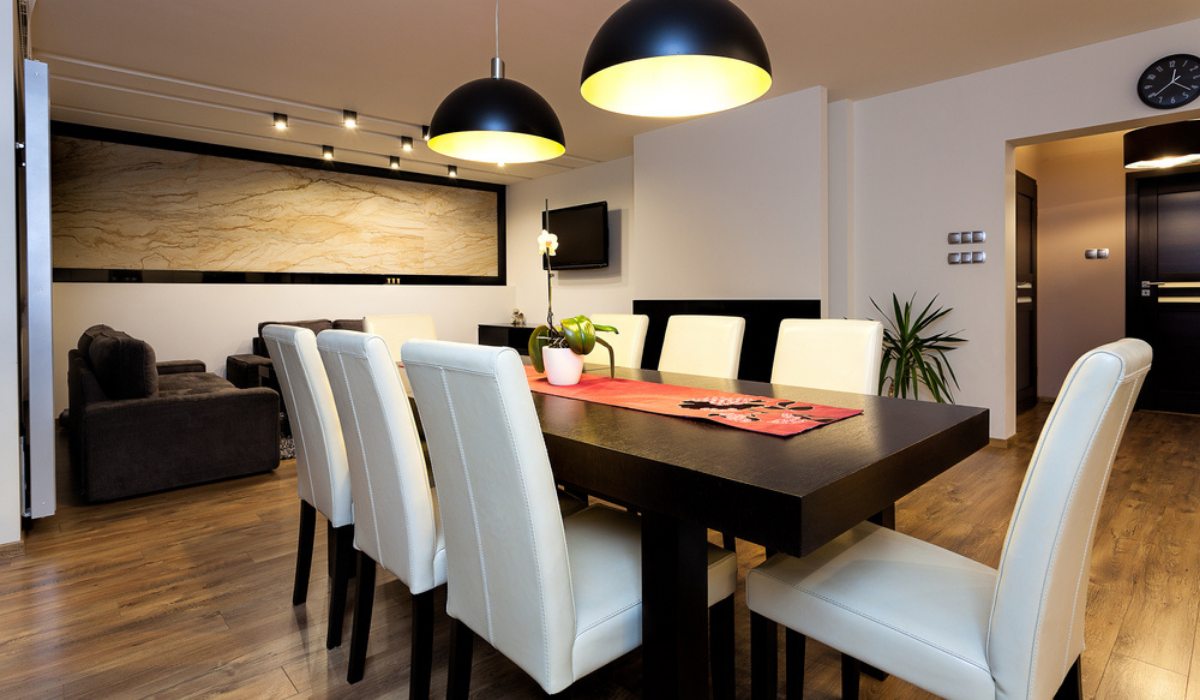

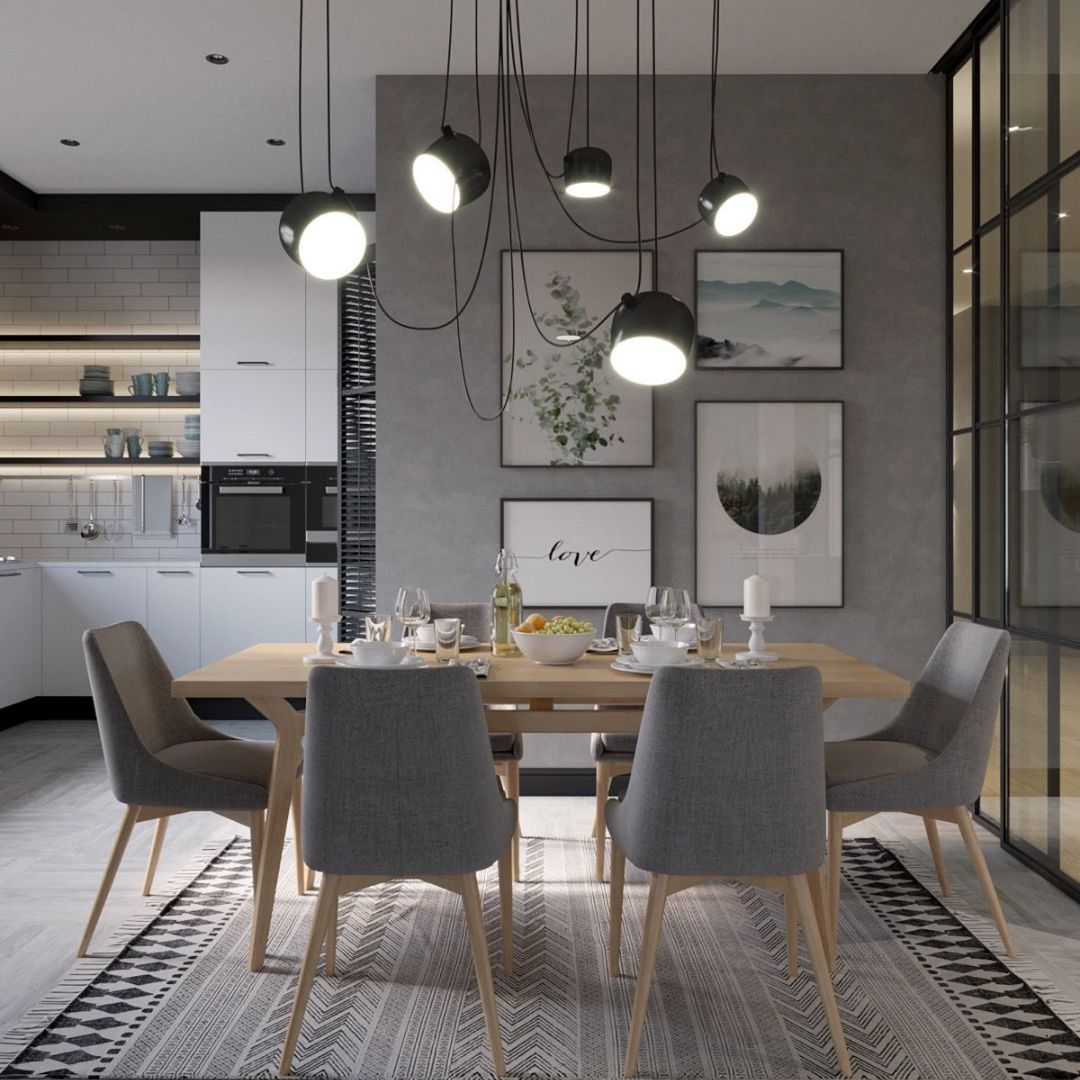
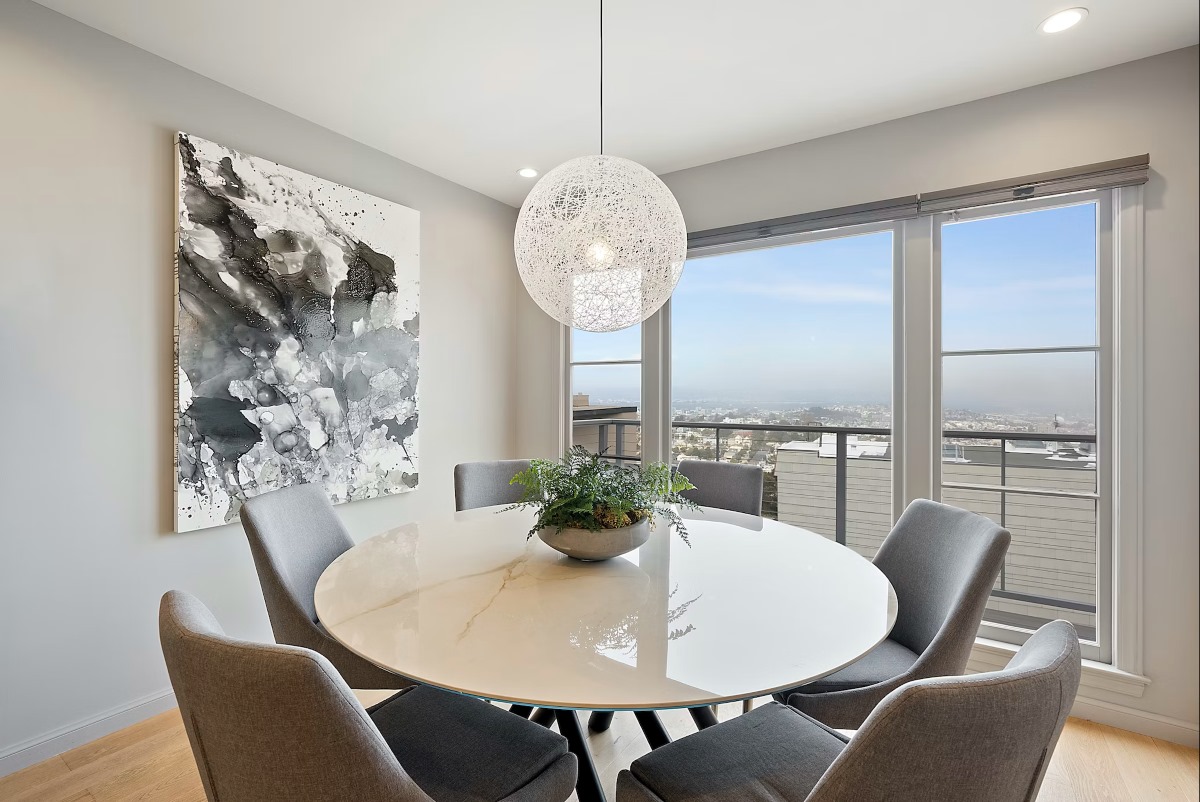
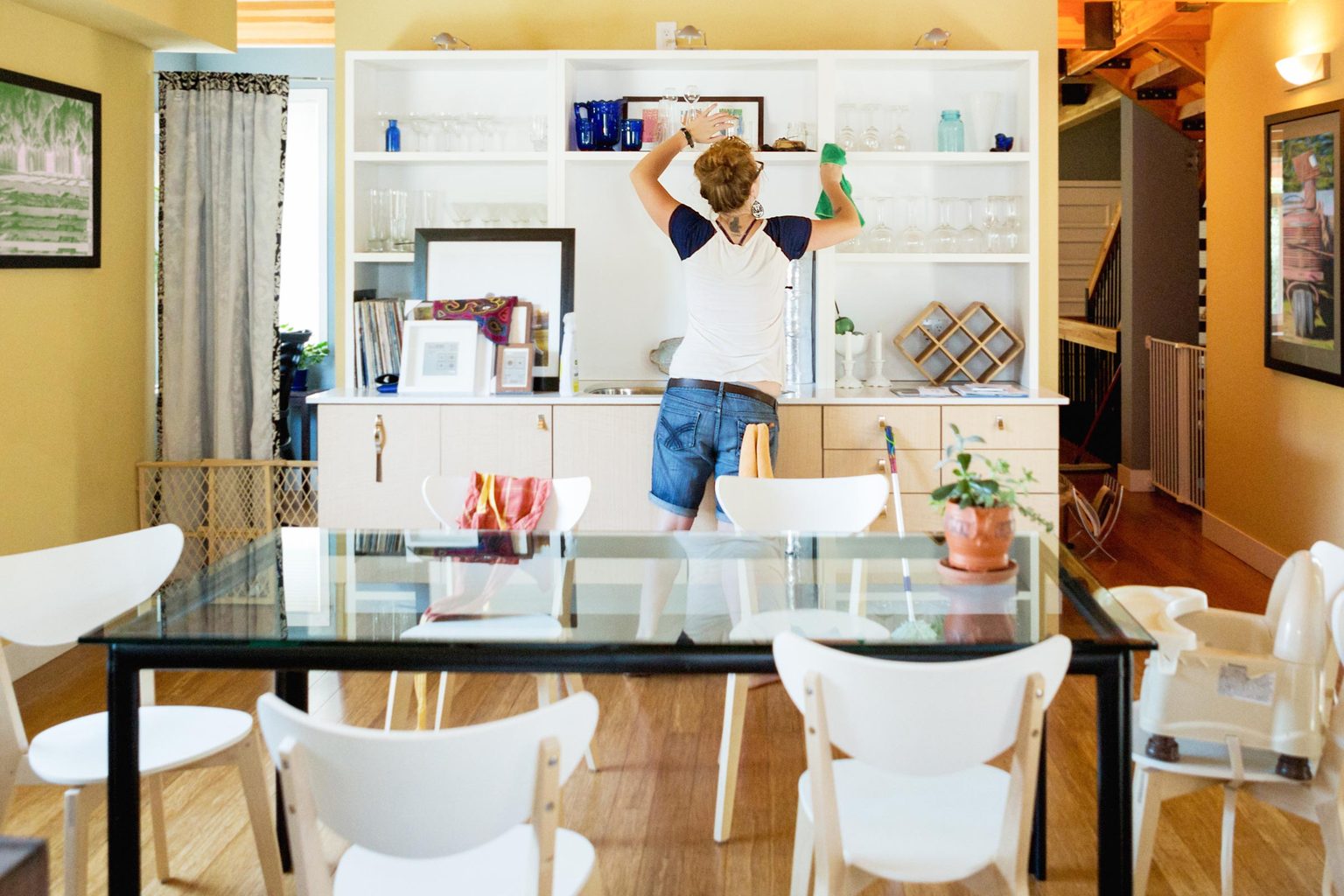
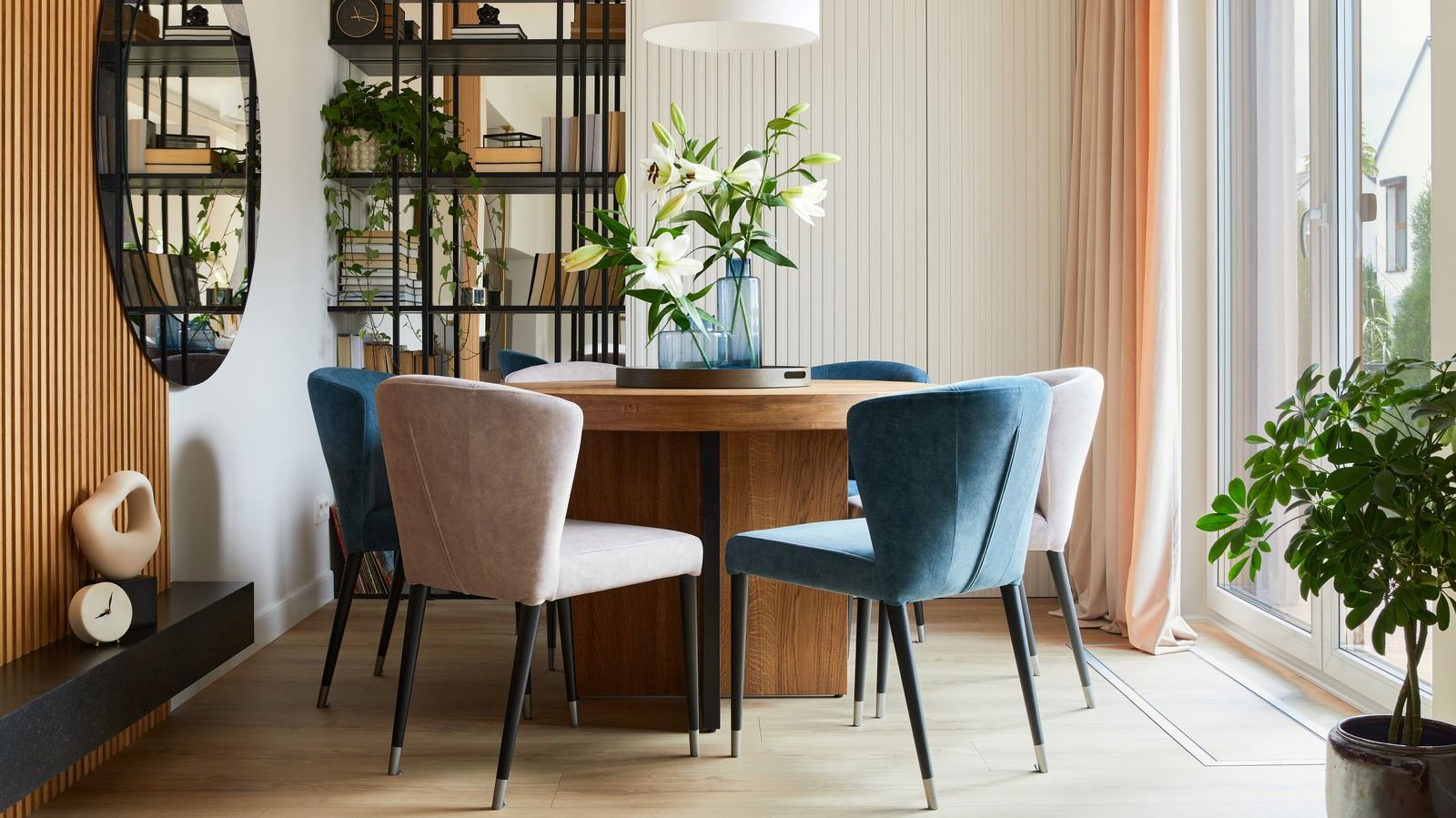
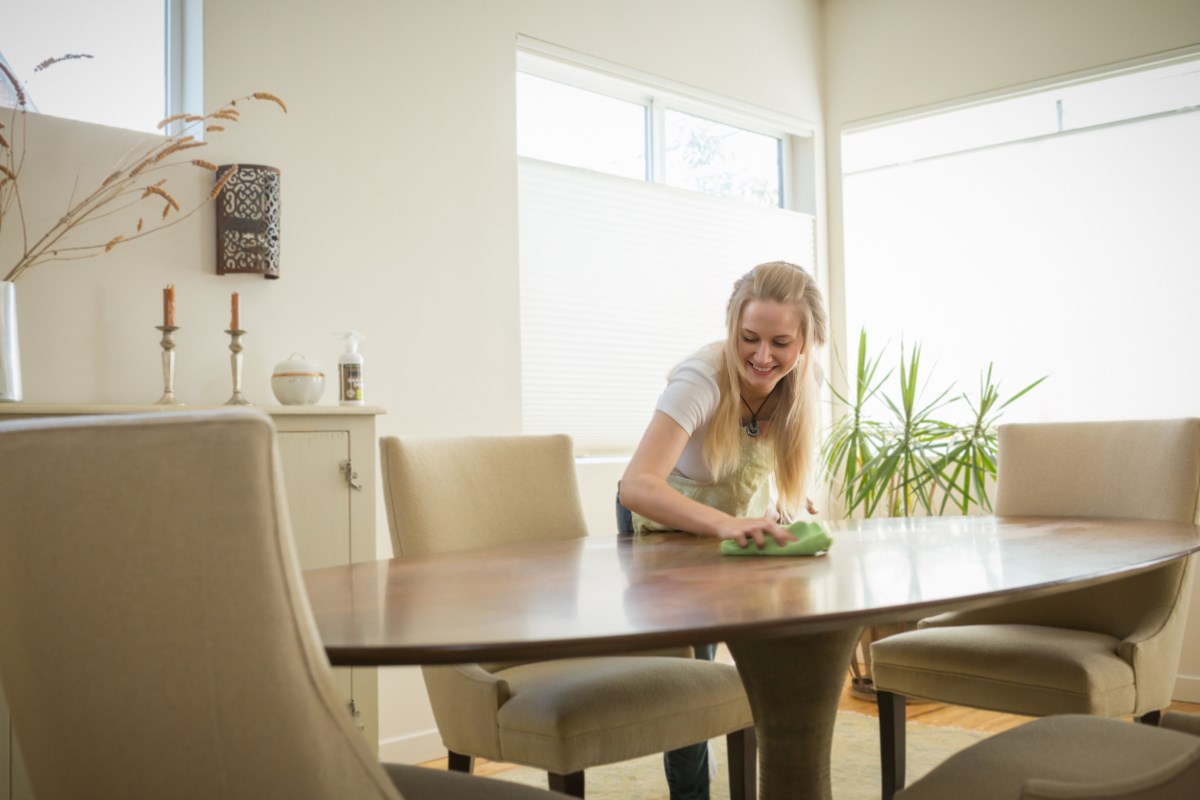
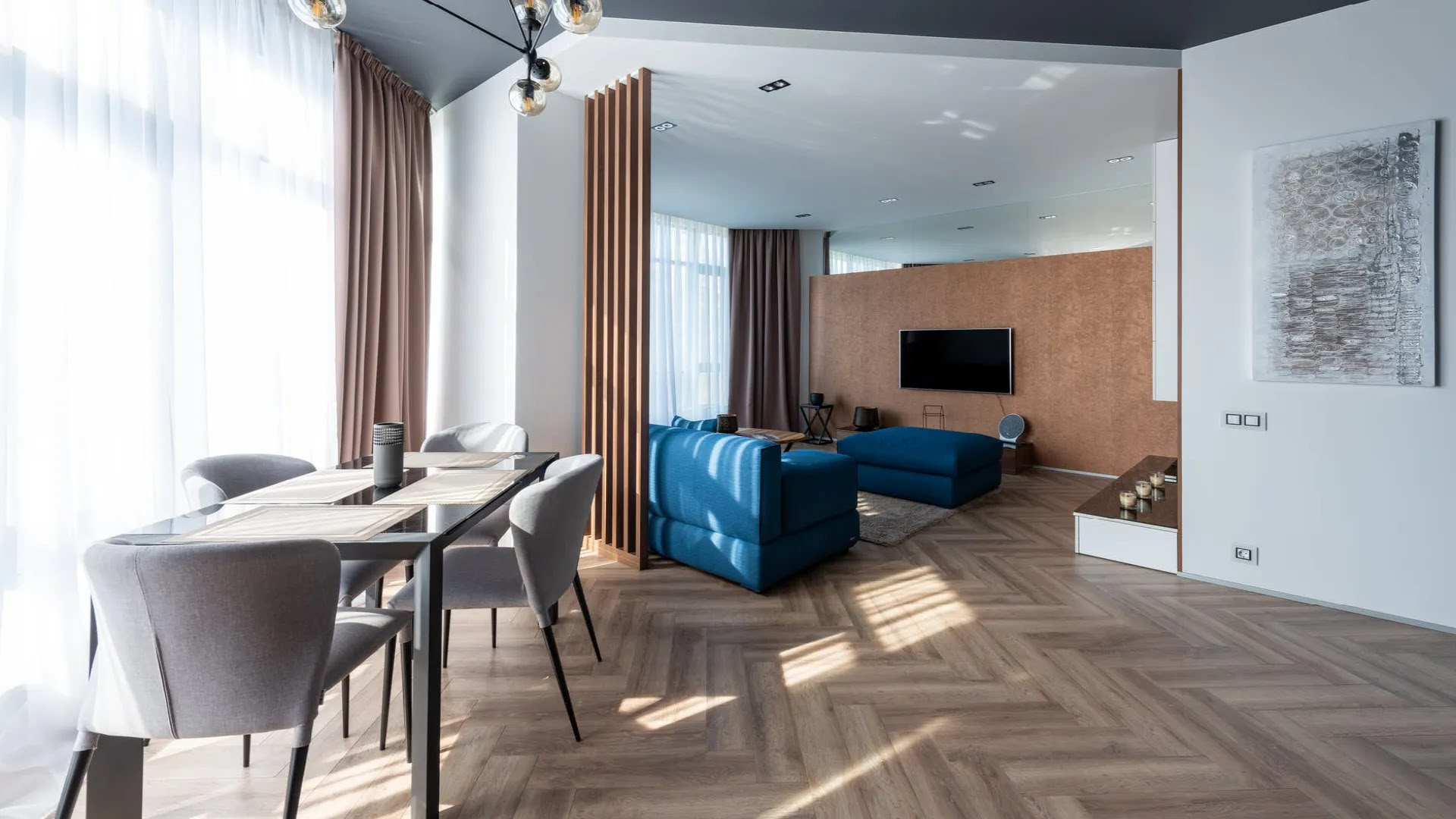
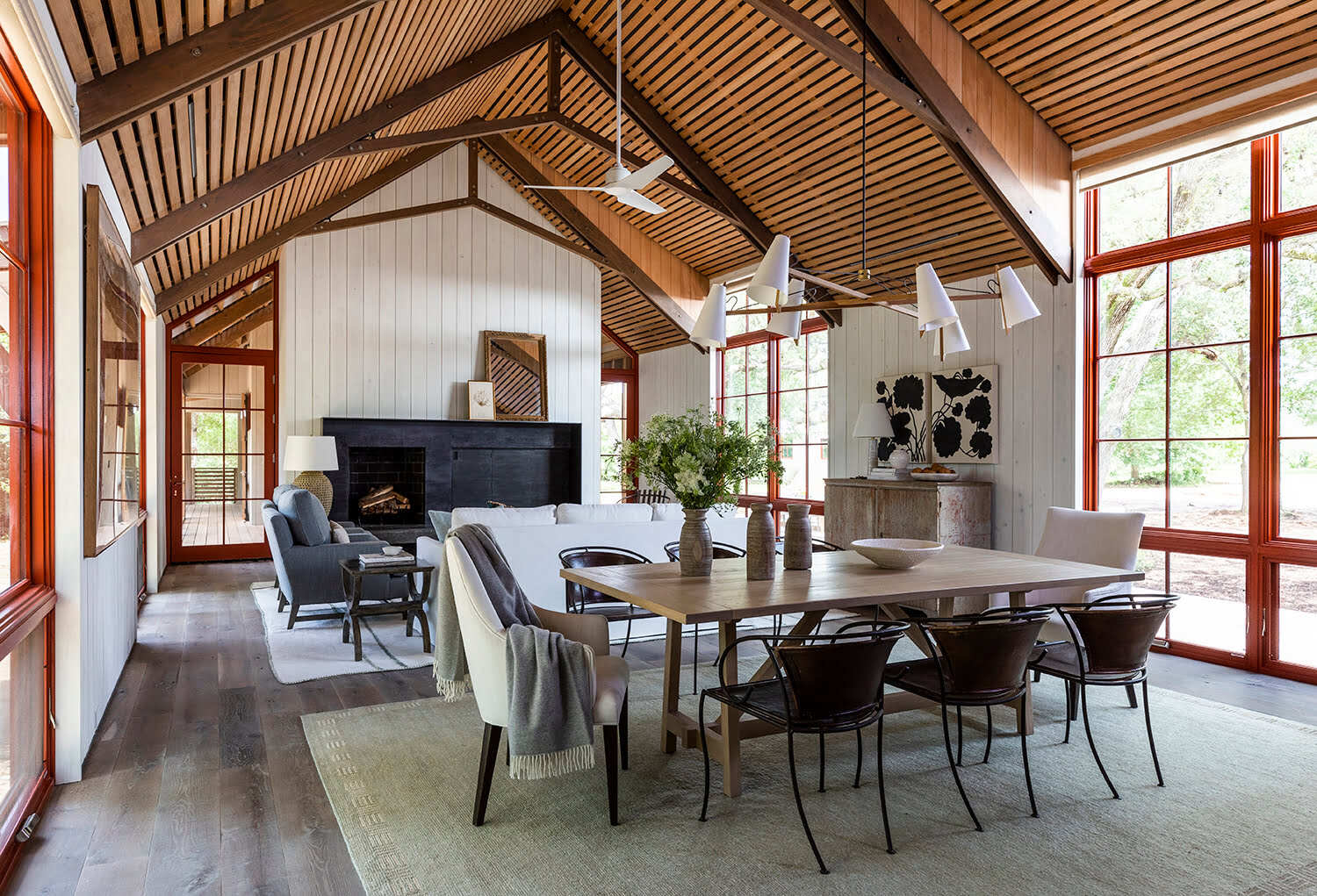
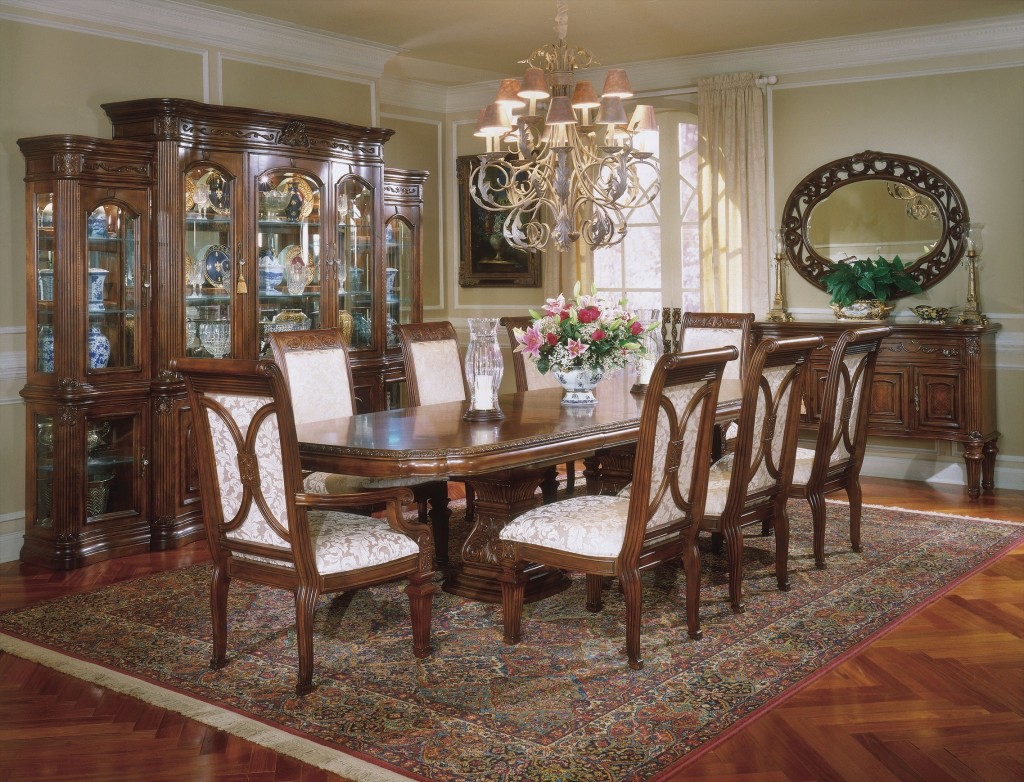
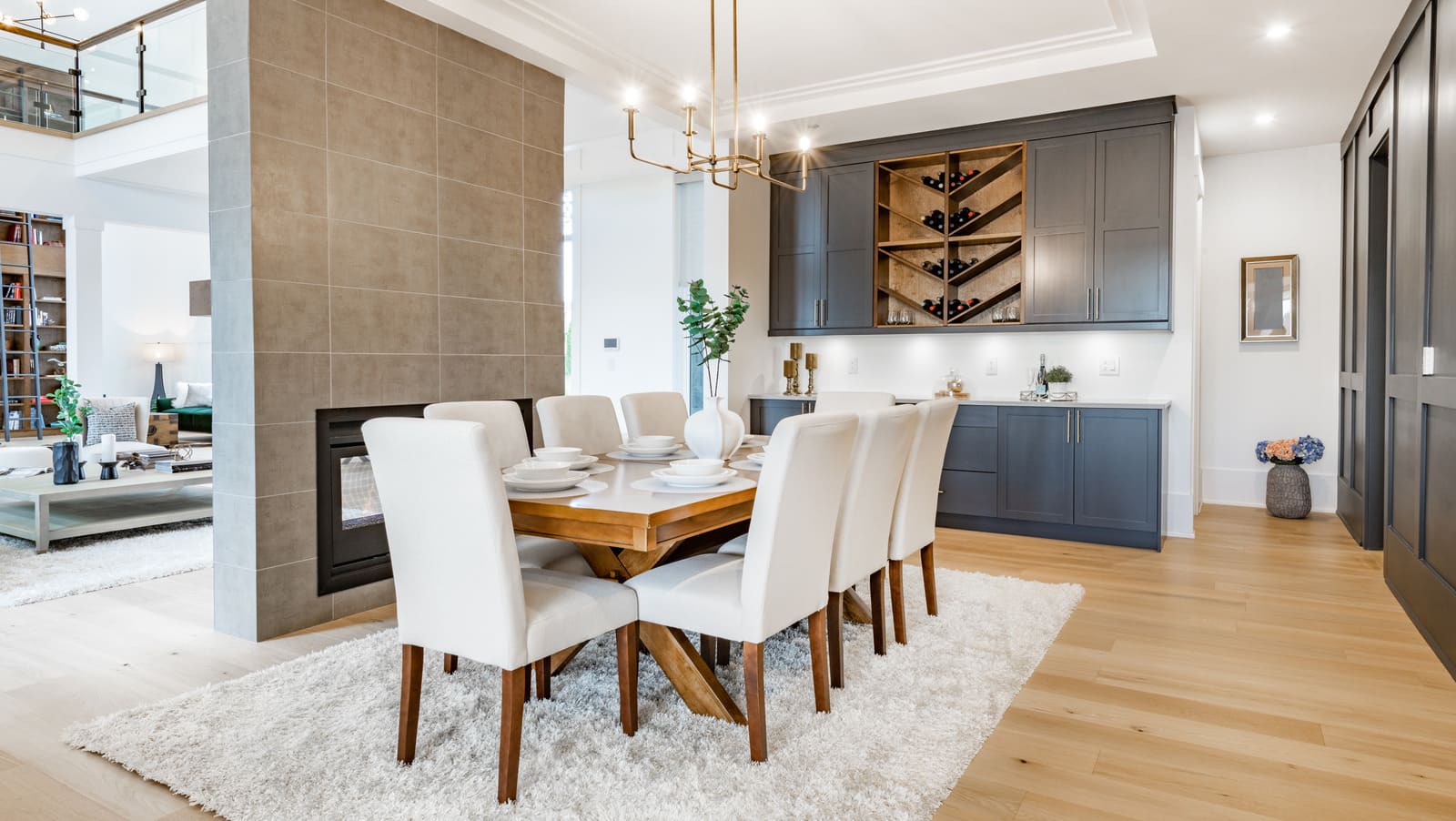
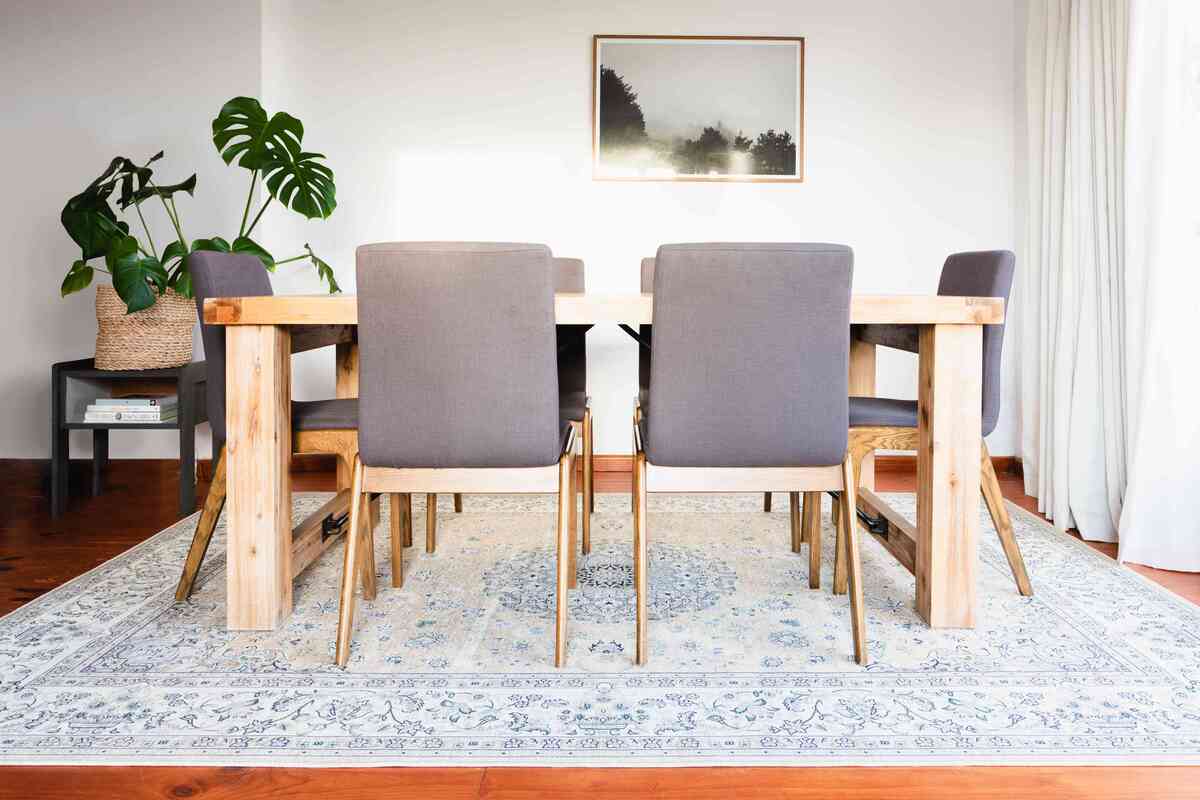
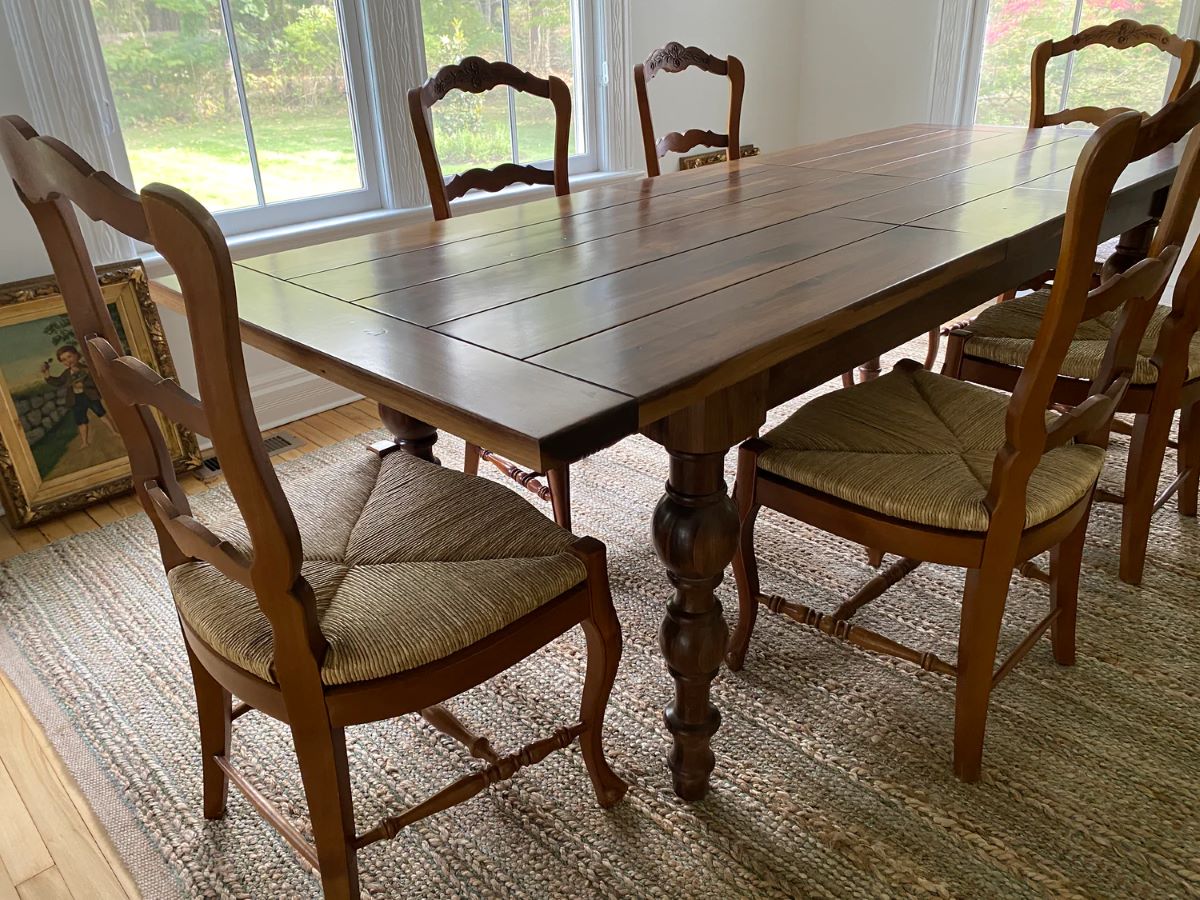
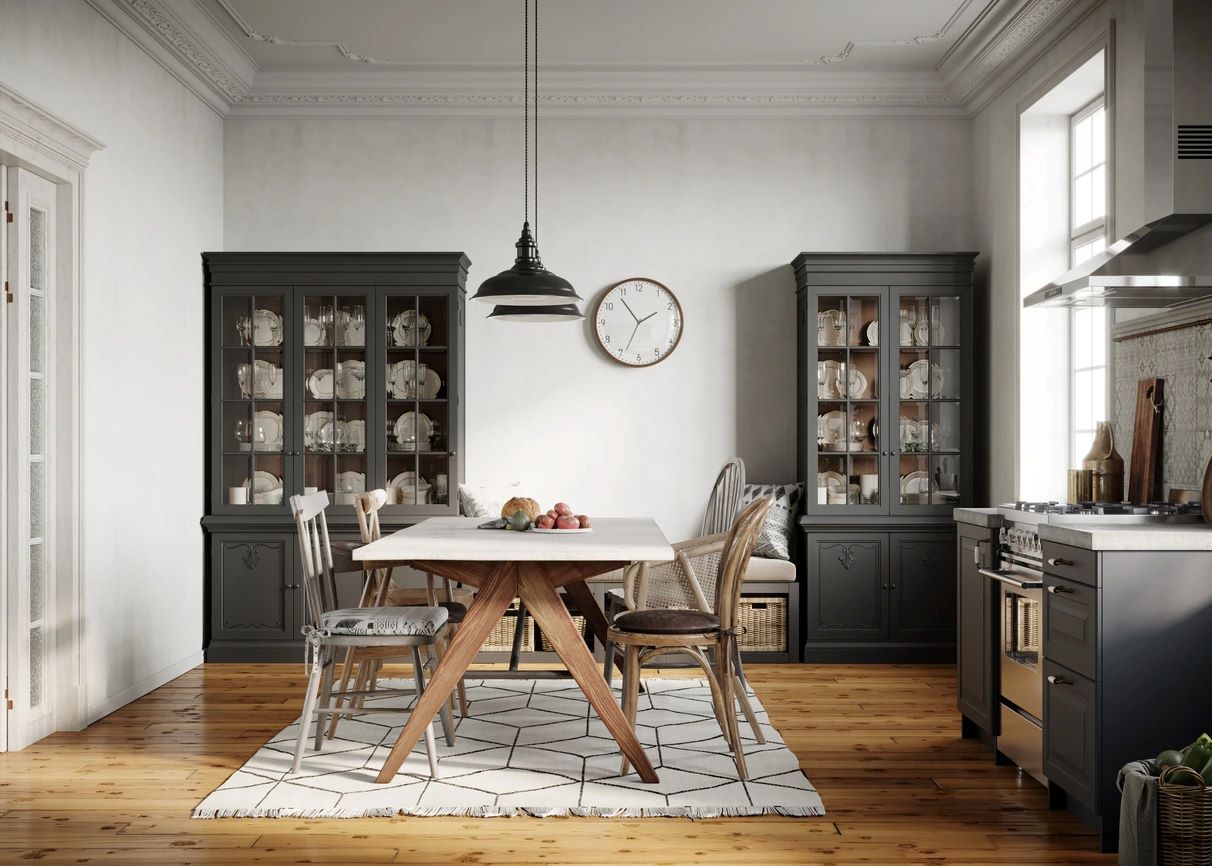

0 thoughts on “How To Organize Dining Room”